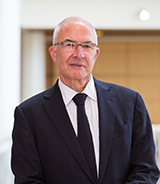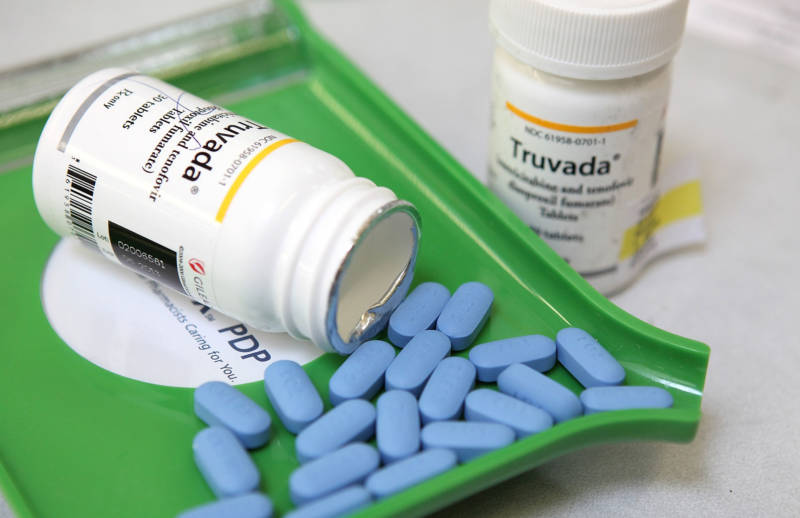President Trump is launching a campaign to end the HIV epidemic in the U.S. by 2030, targeting areas where new infections happen and getting highly effective drugs to people most at risk.
A San Francisco doctor who pioneered the treatment of HIV/AIDS is cautiously optimistic about the plan.
"The idea of targeting does make a lot of sense. Go to those places where there's a lot of transmission. Try to do a better job of getting those people into care," said Dr. Paul Volberding.
Volberding opened the first HIV/AIDS clinic at San Francisco General Hospital in 1983. Back then he never imagined AIDS would be treatable. But now he says antiretroviral medications have made HIV — the virus that can lead to AIDS — into a survivable disease, and new daily medications can prevent its spread.

The fact that doctors have the tools to stop the spread of the disease is precisely what makes Volberding and others hopeful about the president's plan.
"I think having this kind of a goal makes a lot of sense, because we do have the tools now. Treatment works. Treatment works as prevention as well," Volberding said.
Health and Human Services Secretary Alex Azar and senior public health officials said the effort will target the 48 counties with the highest rates of transmission, as well as Puerto Rico, Washington, D.C., and seven states with at-risk rural residents.
"We've never had that kind of 'this is the target,' " said Dr. Anthony Fauci, the government's pre-eminent AIDS warrior and head of the National Institute of Allergy and Infectious Diseases. The government has "been trying to address HIV, but never in such a focused way."

